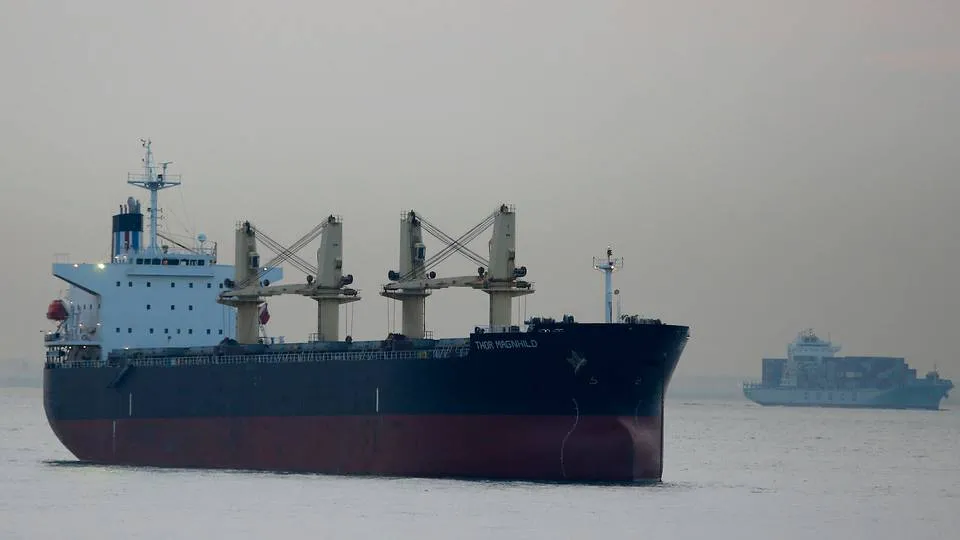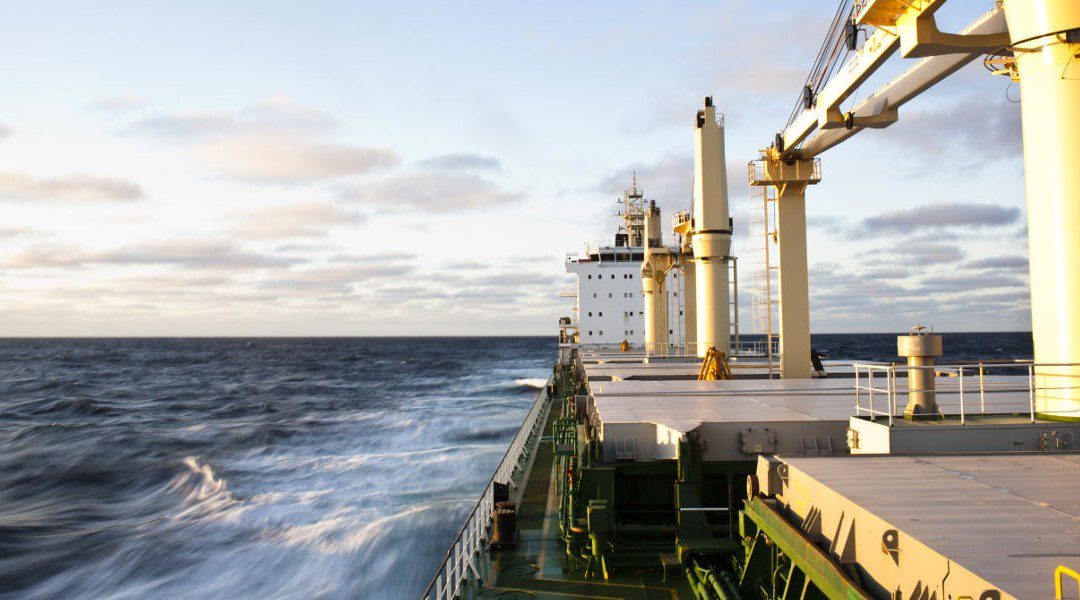
Ammonia can realistically become the fuel to propel at least a third of the world’s merchant fleet, assesses a report by several large companies within the shipping and energy sectors.
The report points out several of the premises needed for the CO2-neutral fuel to be able to replace heavy fuel, which is currently the most prevalent propellant. However, if shipping is to reach its climate ambitions, heavy fuel must be phased out.
The basis for availability is good, states the report.
These infrastructures represent an excellent starting point for securing the availability of the ammonia fuel for those ships adopting it as forerunners.
The report
Read the entire report here.
“Today the ammonia can count on a huge amount of facilities in the world: 120 ports are already dealing with the import and the export of the product, and sometimes can count on their own storage facilities. These infrastructures represent an excellent starting point for securing the availability of the ammonia fuel for those ships adopting it as forerunners,” reads the report.
Must believe in alternative fuels
Tristan Smith is one of the proponents of ammonia as shipping’s fuel of the future. Smith is an associate professor at UCL Energy Institute in London and has studied the use of ammonia.
The biggest barrier right now is to convince manufacturers and suppliers that there will be a market for alternative fuels in the future, Smith told WPO in connection with the recent publication of the IMO’s fourth climate study.
“You can’t decarbonize a sector with growing trade without rapid adoption of non-fossil fuels. And policy environment to enable that is critical,” he said.
“You don’t need to have a detailed policy in place, but you need to show the world that you are rapidly moving towards adopting some sort of carbon price or mandatory fuel standard that would give the market confidence that there will be significant demand for alternative fuels.”
Green production
The annual production of ammonia currently totals 180 million tons. If 30 percent of the annual marine fuel consumption is to be covered, an additional 150 million tons must be produced annually.
Ammonia only counts as a sustainable fuel if the electricity used to produce it also comes from renewable sources, like, for example, wind energy. Producing 30 percent of the world’s marine fuel from renewable sources requires a capacity of 400 GW. In 2019, renewable energy installations totaled 184 GW.
The report furthermore states that ammonia is price-competitive with low-sulfur marine fuels:
The report points out that the 17.5 million tons of ammonia transported in tanks aboard ships annually is safe and that there are regulations for the safe transport of ammonia – which is otherwise a concern in the industry.
Finally, the report points out that ammonia, in addition to being CO2-free, also does not emit sulfur.
Behind the report are shipping company Hafnia together with Alfa Laval, Vestas, Siemens Gamesa and Haldor Topsøe.
English Edit: Ida Jacobsen
Researcher describes the IMO’s climate target for 2030 as inadequate
IMO’s fourth climate report reveals increasing CO2 emissions from shipping
Ammonia could emerge as best future fuel candidate
Wärtsilä testing ammonia in ship engines
A.P. Møller test center wants to bring in more partners
Far more pure hydrogen to push EU toward climate targets
Norwegian shipowners want a global ban on fossil fuels in 30 years





